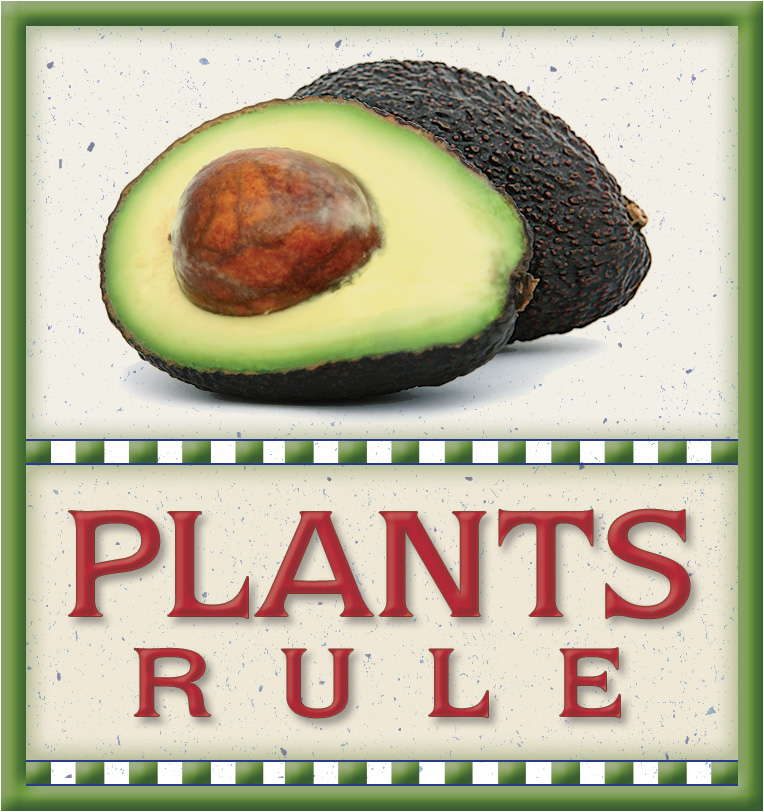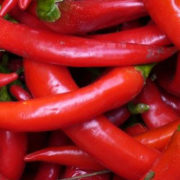Chili Peppers Fight Back
As you may know, spices have been precious commodities for millennia. Wars have been fought over spices, and when Alarich threatened Rome in 409 AD, he demanded precious furs and metals and 3,000 pounds of peppercorns as tribute to refrain from attacking. (He returned two years later and sacked Rome anyway.)
The reason for the importance of spices is thought to be their antimicrobial properties. Especially in the days before refrigeration, it was vital to make efforts to preserve food from spoiling. This was particularly true in the tropics and for meat dishes. One of these spices is chili peppers, which are thought to have been used by Mexicans as long as 7,000 years ago. Recent work by the Tewksbury lab at the University of Washington has shed light on the mechanism for the antimicrobial properties of chili peppers.
The main ingredient in chilis that gives them their bite, or “pungency” to be technical, is a secondary compound called capsaicin. Tewksbury et al. 2008 studied the effect of capsaicin on a fungus that infects an ancestral variety of chili called Capsicum chacoense. The fungus is introduced into the seed by the probing of insects that feed on the chilis (technically a fruit). They found that the more the insects probe, the greater the degree of infection in the chilis. They also looked at the effect of capsaicin on the growth of the fungus in artificial fruit varying in the amount of capsaicin and a related compound. The capsaicin inhibited the growth of the main fungal species that attacks the fruit, indicating that capsaicin is truly antimicrobial.
However, even more definitive evidence was obtained from populations of the ancestral chili plants that the researchers found growing throughout Bolivia, thought to be where the chili ancestors evolved. They found that the plants varied in their degree of pungency—some were spicy, while others had no capsaicin and were not spicy. This breakthrough of finding natural variability in pungency enabled them to test for the effect of capsaicin in wild populations of the chili plants. Using the degree of insect probing as a measure of infection, they found a strong correlation between the degree of pungency and the tendency to have been probed by an insect. This indicated that the fungal infection had exerted a selective pressure on the population of chili plants, driving them to be spicy to fight back against infection. Thus, the chilis fight back!
This is another example of the utility of plants’ arsenal of secondary compounds, many of which appear to have evolved to defend the plants against attack by microorganisms, insects, and vertebrates. This is a topic dear to my heart, and you will be sure to hear more about it in the future (if you read my blog).
Sources
Tewksbury, J.J. et al. 2008. Evolutionary ecology of pungency in wild chilies. Proceedings of the National Academy of Sciences USA 105:11808-11811
Sherman, P.W. and S.M. Flaxman. 2001. Protecting ourselves from food. American Scientist 89:142-151
By Helga George


